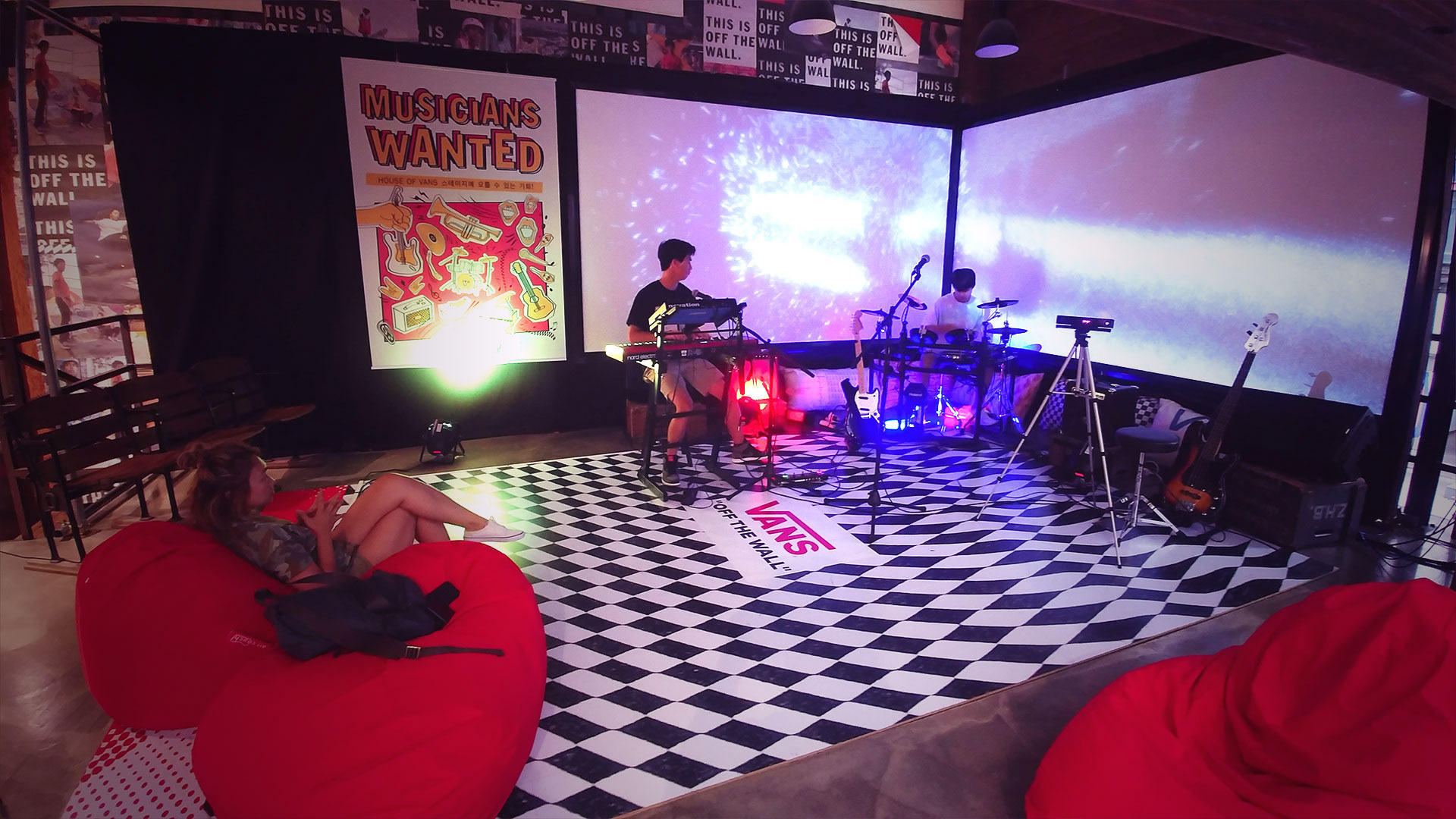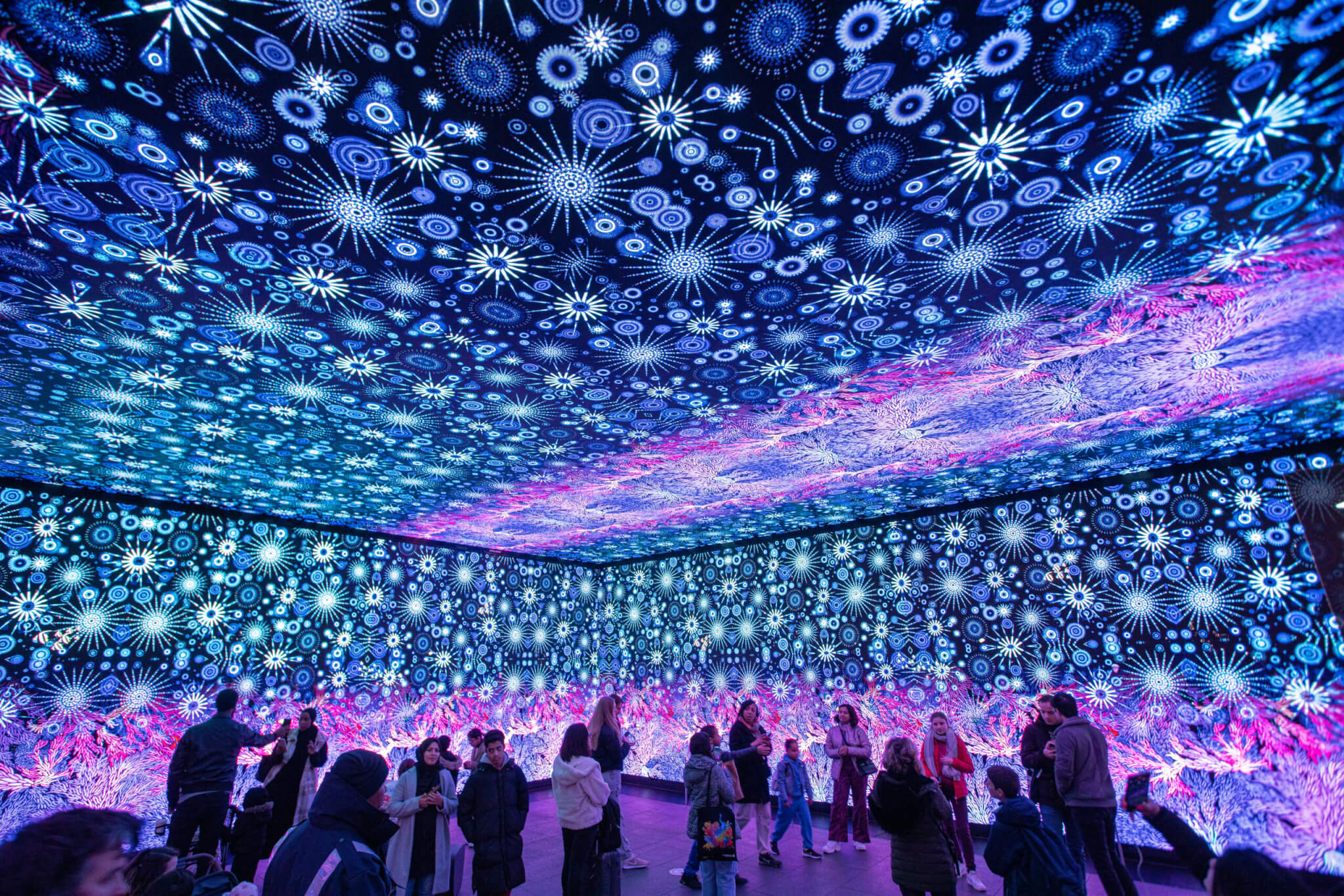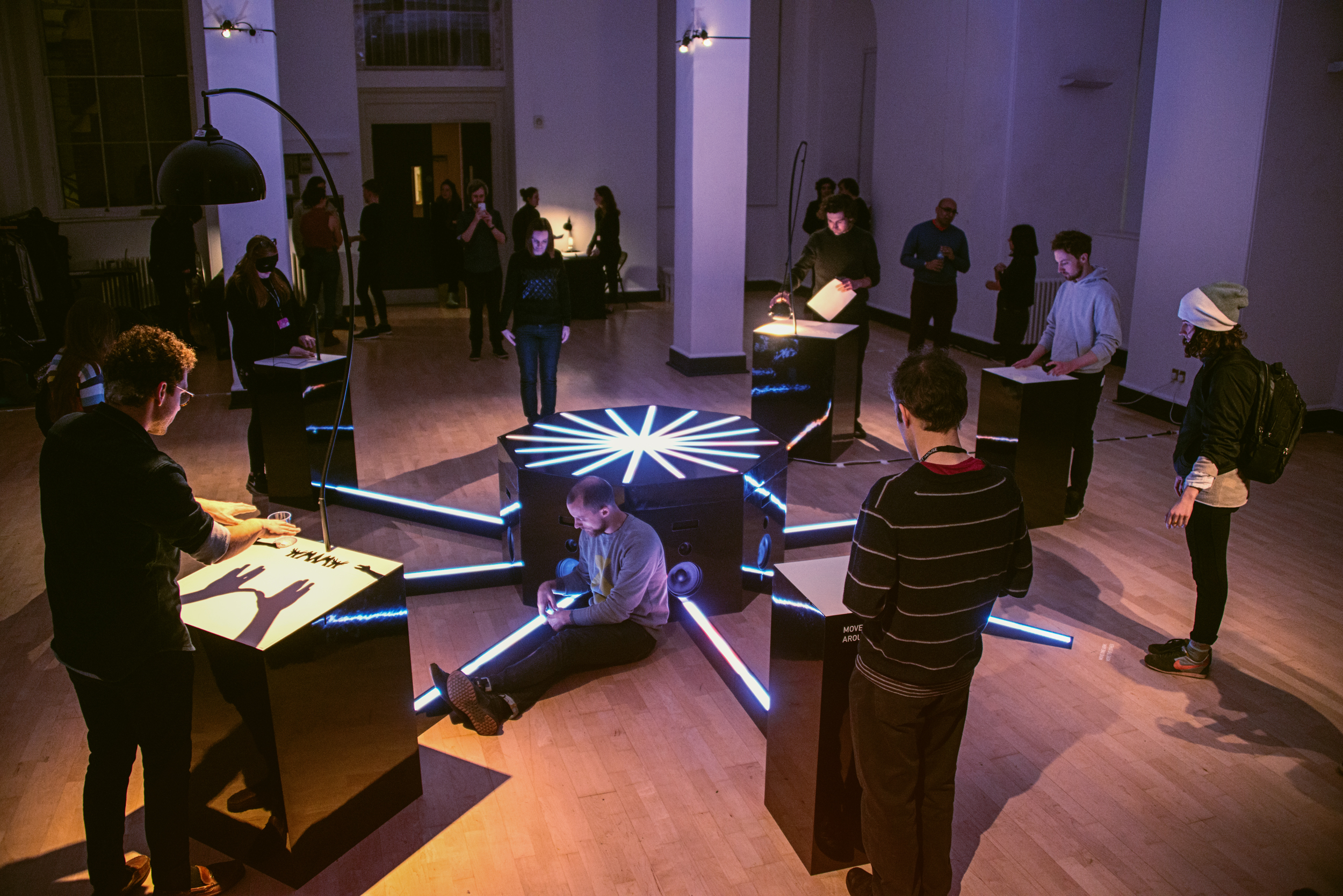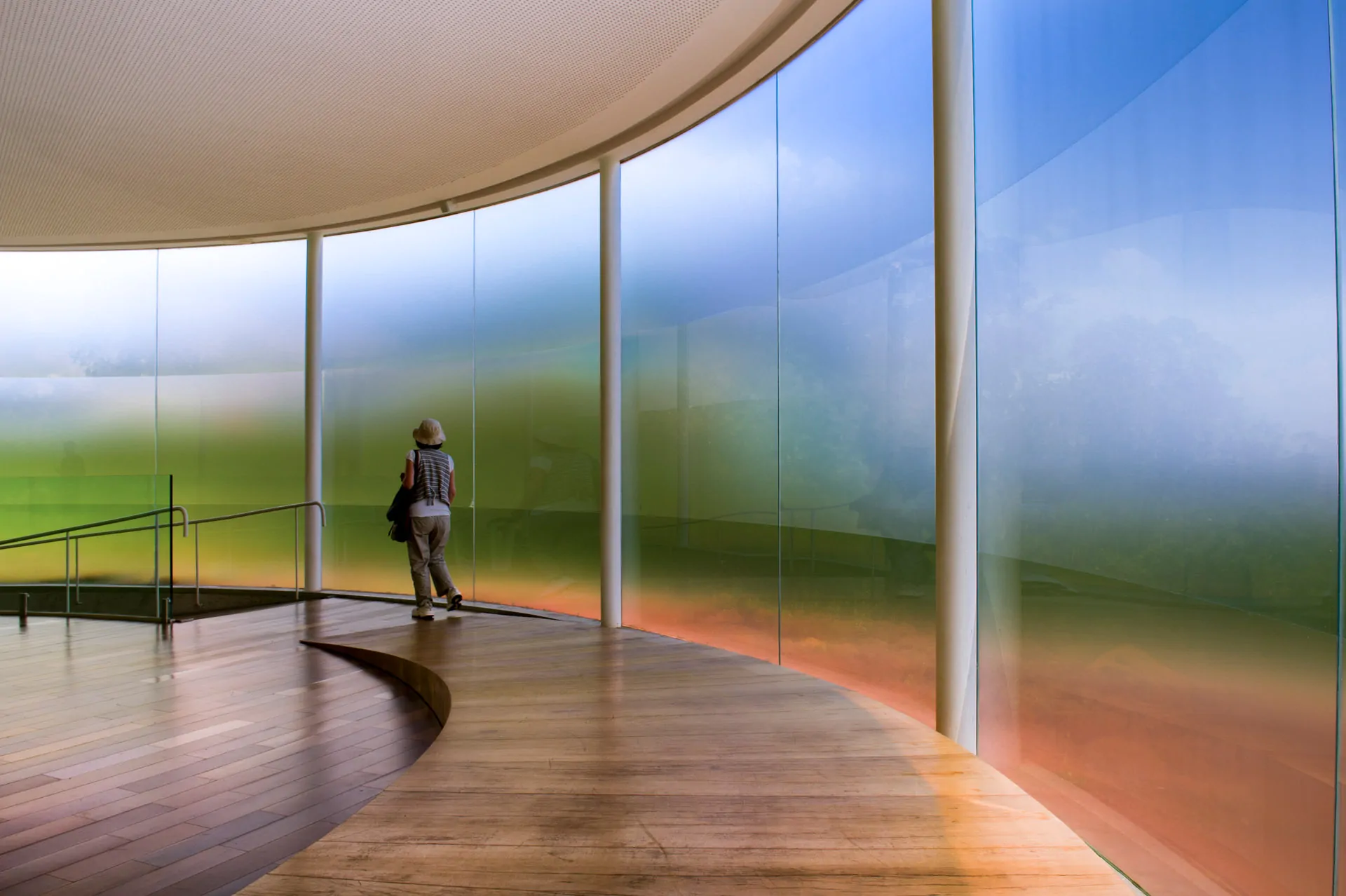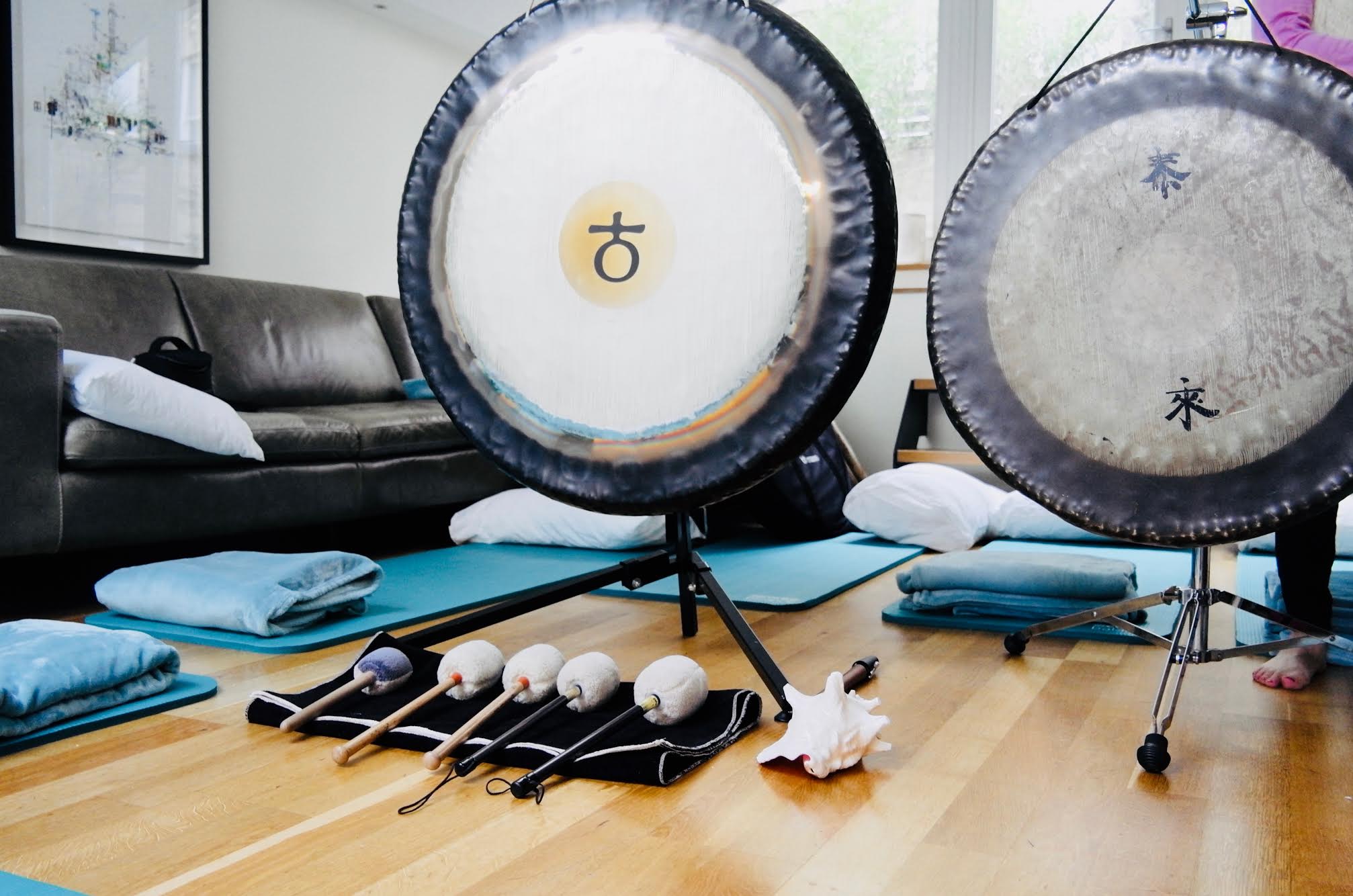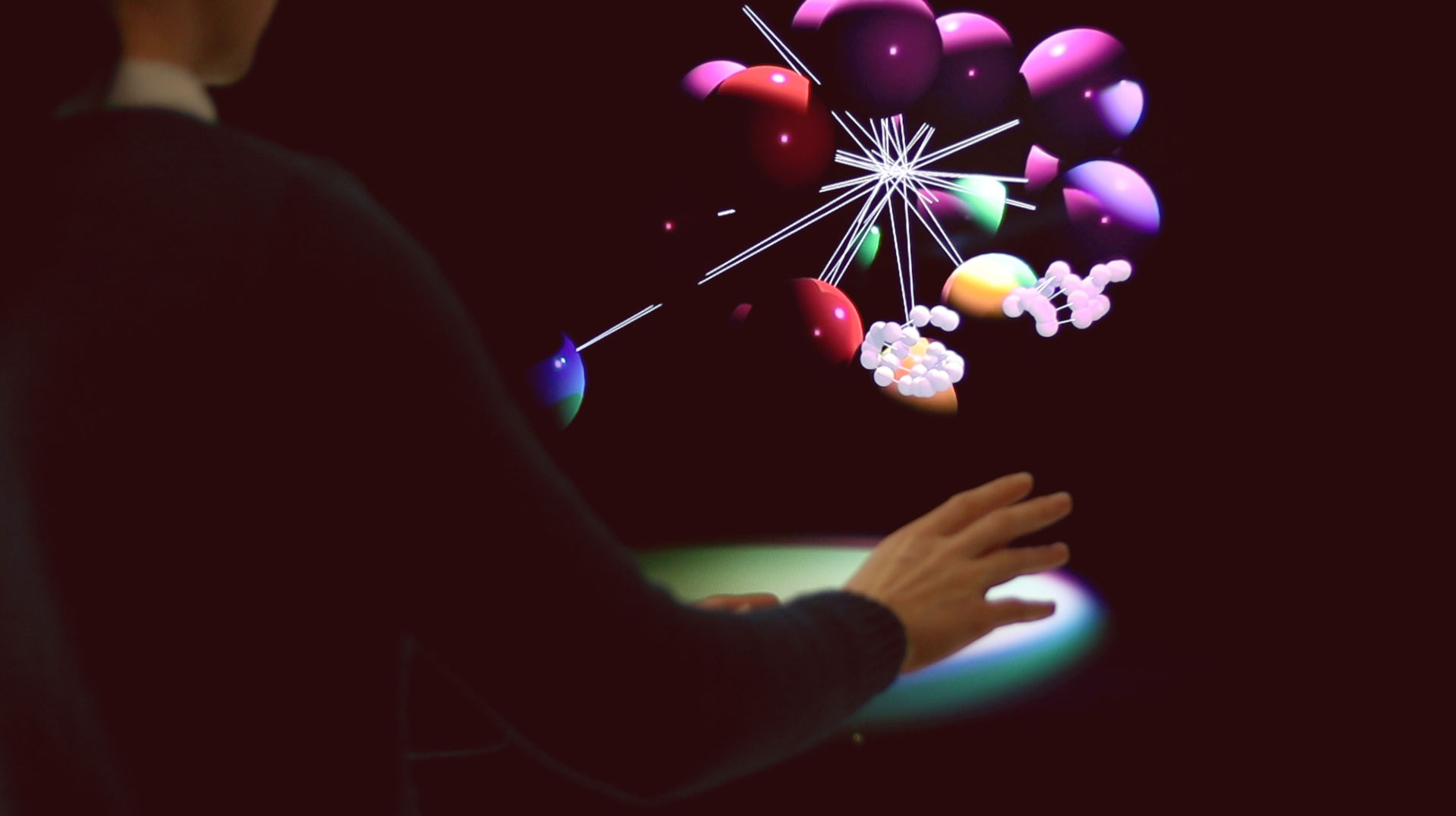
In the ever-evolving realm of architecture and music, the fusion of these two art forms has given rise to innovative concepts such as interactive music spaces. This exciting intersection goes beyond traditional notions, creating immersive environments where architecture and music harmoniously converge.
Understanding Interactive Music Spaces
Interactive Architecture Unveiled
Interactive Music Spaces transcend conventional boundaries by seamlessly integrating architectural design with musical elements. These spaces are designed to respond to, and interact with, the musical components, providing a dynamic and engaging experience for occupants.
Interactive Architecture - A Paradigm Shift
In the dynamic convergence of architecture and music, Interactive Music Spaces emerge as a groundbreaking paradigm shift. Beyond the confines of traditional design, these spaces seamlessly blend architectural aesthetics with the fluidity of musical elements. It's a journey into a realm where structures come alive, responding in harmony with the soundscape they inhabit.
Breaking Boundaries - The Seamless Integration
Challenge conventional expectations with Interactive Music Spaces, pushing the boundaries of creativity and functionality. Architects embark on a mission to seamlessly weave architectural design and musical composition into a unified tapestry. The result? Spaces that not only house music but actively participate in its creation and expression. Explore more about luxurious and inviting interior spaces in commercial architecture here.
The Essence - Sensory Engagement Redefined
The Nexus Of Senses
At the heart of Interactive Music Spaces lies a commitment to sensory engagement. Architects delve into the intricate interplay between sight, sound, and touch. By leveraging cutting-edge technology, they orchestrate environments that transcend the static nature of traditional structures. These spaces become living entities, attuned to the nuances of the musical components they host.
Technological Alchemy
Technology acts as the alchemist, transforming these spaces into dynamic, responsive realms. Whether it's the reverberation of sound, the rhythm of movement, or the subtlest user input, Interactive Music Spaces breathe life into inert structures. Walls, ceilings, and floors become responsive interfa
Sensory Engagement In Architecture: A Closer Look
1. Responsive Surfaces
Architects explore the integration of responsive surfaces within Interactive Music Spaces. Walls that react to the touch, floors that pulsate with the beat, and ceilings that mimic the cadence of the music create an immersive sensory experience.
2. Dynamic Lighting
Beyond sound, the interplay of light becomes a key element. Responsive lighting systems synchronize with the musical rhythm, casting dynamic hues that enhance the visual ambiance and contribute to the overall sensory engagement.
3. Haptic Feedback
The incorporation of haptic feedback adds a tactile dimension to the sensory orchestration. Furniture and structural elements respond to touch, creating a truly holistic experience that transcends auditory boundaries.
Spatial Planning - Crafting Sonic Landscapes
Precision In Design
In the realm of Interactive Music Spaces, spatial planning emerges as a critical conductor, orchestrating the symphony of sound within the architectural confines. Architects don the hat of composers, meticulously crafting spatial layouts that transcend the ordinary and optimize the sonic experience for occupants.
Room Acoustics
The foundational note in this design symphony is room acoustics. Architects delve into the intricacies of sound propagation, strategically shaping spaces to achieve optimal reverberation and clarity. From the curvature of walls to the height of ceilings, every architectural element plays a role in creating a sonic canvas that elevates the musical experience.
Material Alchemy
Materials become the instrumental players in this spatial orchestra. Architects navigate a vast array of choices, seeking materials that not only contribute to the visual aesthetics but also enhance the auditory ambiance. The selection of materials extends beyond mere functionality, becoming a nuanced exploration of how different textures, densities, and compositions interact with sound waves.
Aural Aesthetics - Materials As Musical Notes
Sound-Absorbing Fabrics
In the pursuit of aural aesthetics, sound-absorbing fabrics take center stage. These materials, carefully chosen for their acoustic properties, serve as silent collaborators in the creation of a harmonious environment. From wall coverings to upholstery, architects strategically integrate these fabrics to dampen unwanted echoes and create a balanced soundscape.
Acoustically Optimized Surfaces
Architects venture into the realm of acoustically optimized surfaces, where walls, ceilings, and floors become dynamic canvases for sonic expression. These surfaces are not merely structural components but active participants, reflecting, diffusing, or absorbing sound to sculpt an immersive auditory experience.
Visual Appeal
The marriage of innovative materials with aural considerations doesn't compromise visual appeal. Architects embrace a holistic approach, selecting materials that not only enhance the acoustic environment but also contribute to the overall aesthetic allure of Interactive Music Spaces. The result is a seamless integration of form and function, where the eyes and ears converge in a sensory ballet.
Cutting-Edge Technology Unveiled
The heartbeat of Interactive Music Spaces is orchestrated by cutting-edge technology, serving as the invisible conductor that transforms static environments into dynamic, responsive realms. Through a fusion of sensor technologies, artificial intelligence, and responsive systems, architects unlock the potential to create spaces that actively engage with musical elements, user interactions, and the ever-changing environmental dynamics.
Sensor Technologies - The Sensitive Symphony
At the core of this technological crescendo lie sensor technologies that act as the sensory receptors of Interactive Music Spaces. From motion sensors that detect user movements to ambient sensors attuned to changes in light and temperature, these technological marvels form the nerve endings that enable spaces to perceive and respond in real-time.
Artificial Intelligence - The Intelligent Composer
Artificial intelligence (AI) steps into the role of an intelligent composer, interpreting data from sensors and user inputs to dynamically shape the environment. Machine learning algorithms enable spaces to evolve and adapt, learning from the interplay of musical elements and user interactions to craft a responsive and ever-evolving symphony.
Smart Integration Of Sound Systems - Elevating Sonic Experiences
Architect-Audio Engineer Collaboration
In the pursuit of sonic excellence, architects collaborate seamlessly with audio engineers, blurring the lines between architecture and audio technology. This collaboration ensures a harmonious integration of advanced sound systems that goes beyond mere background music, creating an immersive auditory experience that captivates occupants.
Directional Speakers - Precision In Soundscapes
Architects deploy directional speakers strategically, ensuring that sound is precisely directed to specific areas within Interactive Music Spaces. This precision allows for the creation of distinct sonic zones, enhancing the overall auditory experience for different activities or events within the space.
Surround Sound Setups - Enveloping The Senses
Immersive experiences are crafted through surround sound setups that envelop occupants in a three-dimensional auditory landscape. The strategic placement of speakers creates a sense of spatial depth, allowing music to surround and immerse individuals, amplifying the emotional impact of the musical performance.
Immersive Audio Technologies - Breaking Sonic Boundaries
Architects embrace cutting-edge immersive audio technologies to push the boundaries of sonic experiences. From binaural recording techniques to 3D audio systems, these technologies transport occupants into a realm where the lines between reality and the musical performance blur, creating an unparalleled sense of presence.
Future Harmonies - Technological Advances On The Horizon
Interactive Visual Displays
The future promises to integrate interactive visual displays that sync seamlessly with the auditory landscape. This convergence of visual and auditory stimuli creates a multisensory experience, further enhancing the overall impact of Interactive Music Spaces.
Wearable Technology Integration
As technology advances, architects explore the integration of wearable devices that enable users to actively influence the musical environment. These devices could serve as personalized controllers, allowing individuals to shape their own auditory experiences within the space.
Interactive Music Spaces Through Case Studies
1. The Sonic Pavilion - A Living Symphony
Location: Rondônia, Brazil
Unveiling Nature's Melody
Nestled in the heart of Rondônia, Brazil, the Sonic Pavilion stands as a testament to the fusion of architecture and the natural world. This groundbreaking Interactive Music Space transcends conventional boundaries, immersing visitors in a living symphony sourced from the surrounding rainforest.
Architectural Marvel:The Sonic Pavilion's architecture seamlessly integrates with its natural surroundings. A vast structure, embedded with an intricate network of microphones, captures the ambient sounds of the rainforest in real-time. The result is an ever-changing symphony that resonates throughout the pavilion, transforming the mundane sounds of nature into a dynamic and captivating auditory experience.
Sensory Journey:Visitors embark on a sensory journey as they witness the rainforest's soundscape evolve within the pavilion. The integration of technology allows for a real-time connection with nature, creating a harmonious blend of architectural design and the organic rhythms of the environment.
Impact on Perception:The Sonic Pavilion challenges conventional perceptions of space by turning the rainforest into a living, breathing entity within its walls. This case study exemplifies how Interactive Music Spaces can redefine our relationship with the environment, inviting us to experience the beauty of nature in a novel and immersive way.
2. The Crystal Sound Lounge - Where Music Meets Architecture
Location: Tokyo, Japan
Futuristic Fusion In The Heart Of Tokyo
In the bustling metropolis of Tokyo, Japan, the Crystal Sound Lounge emerges as a futuristic haven where architecture becomes a canvas for the interplay of music and visual spectacle.
Interactive Walls:At the core of this Interactive Music Space is the innovative use of interactive walls that respond dynamically to the beats of the music. The walls transform into a visual spectacle, mirroring the auditory experience and creating a multisensory journey for visitors.
Architectural Integration:The Crystal Sound Lounge showcases the seamless integration of architecture and music. The space becomes an active participant in the musical performance, with the walls responding in real-time to the rhythm and intensity of the music. This integration blurs the lines between the physical and the auditory, inviting visitors to engage with the space on a profound level.
Multisensory Experience:Visitors to the Crystal Sound Lounge are not mere spectators; they are active participants in a multisensory experience. The fusion of visual and auditory elements creates a unique atmosphere where music is not only heard but also seen, felt, and experienced in ways that transcend traditional boundaries.
Architectural Innovation:This case study exemplifies how architects can push the boundaries of innovation, using Interactive Music Spaces to redefine the relationship between architecture and music. The Crystal Sound Lounge stands as a beacon of futuristic design, inviting individuals to explore the convergence of technology, architecture, and music in the heart of Tokyo.
Multisensory Experiences Beyond Sound
Expanding The Horizon
The future of Interactive Music Spaces is marked by a revolutionary shift beyond the realms of auditory stimulation alone. Architects are embarking on a journey to redefine sensory experiences within these spaces, exploring innovative ways to engage multiple senses simultaneously. Beyond the captivating symphony of sound, the focus is expanding to incorporate lighting and haptic feedback, creating truly immersive and multisensory environments that transcend traditional boundaries.
Illuminating Harmonies
Architects are reimagining the role of lighting within Interactive Music Spaces, transforming it from a functional element to a dynamic contributor to the overall experience. Lighting systems synchronized with musical compositions enhance visual aesthetics, creating an immersive fusion of auditory and visual stimuli. From pulsating LEDs to responsive ambient lighting, the future holds possibilities for lighting to become an integral part of the multisensory narrative, further enriching the overall atmosphere.
Haptic Feedback
The incorporation of haptic feedback introduces a tactile dimension to the immersive experience. Surfaces and structures within Interactive Music Spaces can now respond to touch, allowing occupants to feel the vibrations of the music. This integration of touch elevates the sensory engagement, creating a holistic encounter where individuals not only hear and see but also physically sense the music within the space.
Community-Centric Design For Inclusive Engagement
Harmonizing Spaces For All
As the concept of Interactive Music Spaces gains momentum, a transformative trend emerges—one that places a profound emphasis on community-centric design. Architects are steering their focus towards creating spaces that transcend exclusivity, aiming to make the harmonious fusion of architecture and music accessible to a broader audience.
Public Installations
Public installations stand as testaments to the democratization of Interactive Music Spaces. Architects envision open-air environments and communal spaces where the transformative power of music and architecture is shared with the public. These installations become cultural hubs, fostering a sense of collective engagement and appreciation for the intersection of art forms.
Community-Driven Projects
The future is shaped by community-driven projects that involve the active participation of diverse voices. Inclusive engagement becomes a key principle, allowing communities to co-create the sonic narratives of their spaces. Collaborative efforts between architects, musicians, and community members lead to Interactive Music Spaces that resonate with the unique cultural and artistic expressions of the people who inhabit them.
Interactive Music Spaces - FAQs
What Is Interactive Music?
Interactive music refers to a type of music that involves direct engagement or interaction between the listener and the music itself. In interactive music, the audience often has the ability to influence or shape elements of the musical composition in real-time. This can be achieved through various means, such as interactive technologies, responsive environments, or participatory experiences, allowing listeners to actively participate in the creation or manipulation of the musical content.
What Is Interactive Space?
An interactive space is an environment or physical area that responds to and engages with the people within it. In the context of architecture and design, an interactive space incorporates technology and design elements that enable dynamic interactions between the occupants and the environment.
This could involve responsive lighting, sound systems, interactive displays, or other features that adapt based on user input, creating a more engaging and participatory experience within the physical space.
What Is An Interactive Music Project?
An interactive music project is a creative endeavor that combines elements of interactive technology with musical expression. These projects often involve the use of sensors, software, and other interactive tools to allow users or participants to influence and shape the musical outcome.
Interactive music projects can take various forms, ranging from installations and performances to digital applications, and they aim to explore new ways of experiencing and interacting with music beyond traditional passive listening.
Conclusion
Interactive Music Spaces represent a paradigm shift in both architecture and music, offering a canvas for creativity where the boundaries between the two art forms blur. As technology continues to advance and architects push the limits of design, we can expect Interactive Music Spaces to redefine how we experience and interact with the harmonies of architectural and musical expression. Embrace the future, where every space becomes a stage, and architecture conducts a symphony of sensory delight.
Experience the convergence of architecture and music like never before with Interactive Music Spaces – where every space becomes a dynamic canvas for the harmonies of the future.
